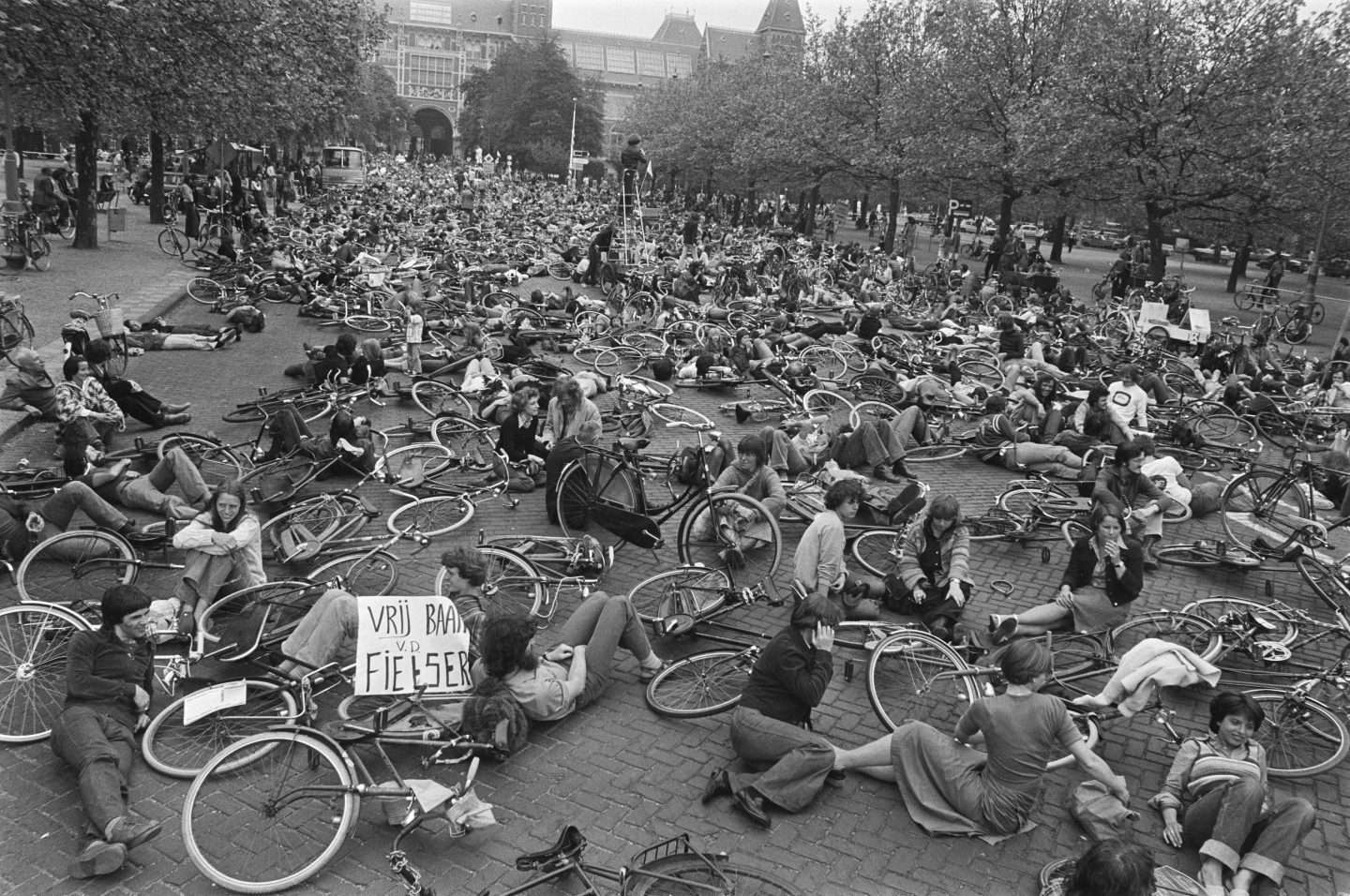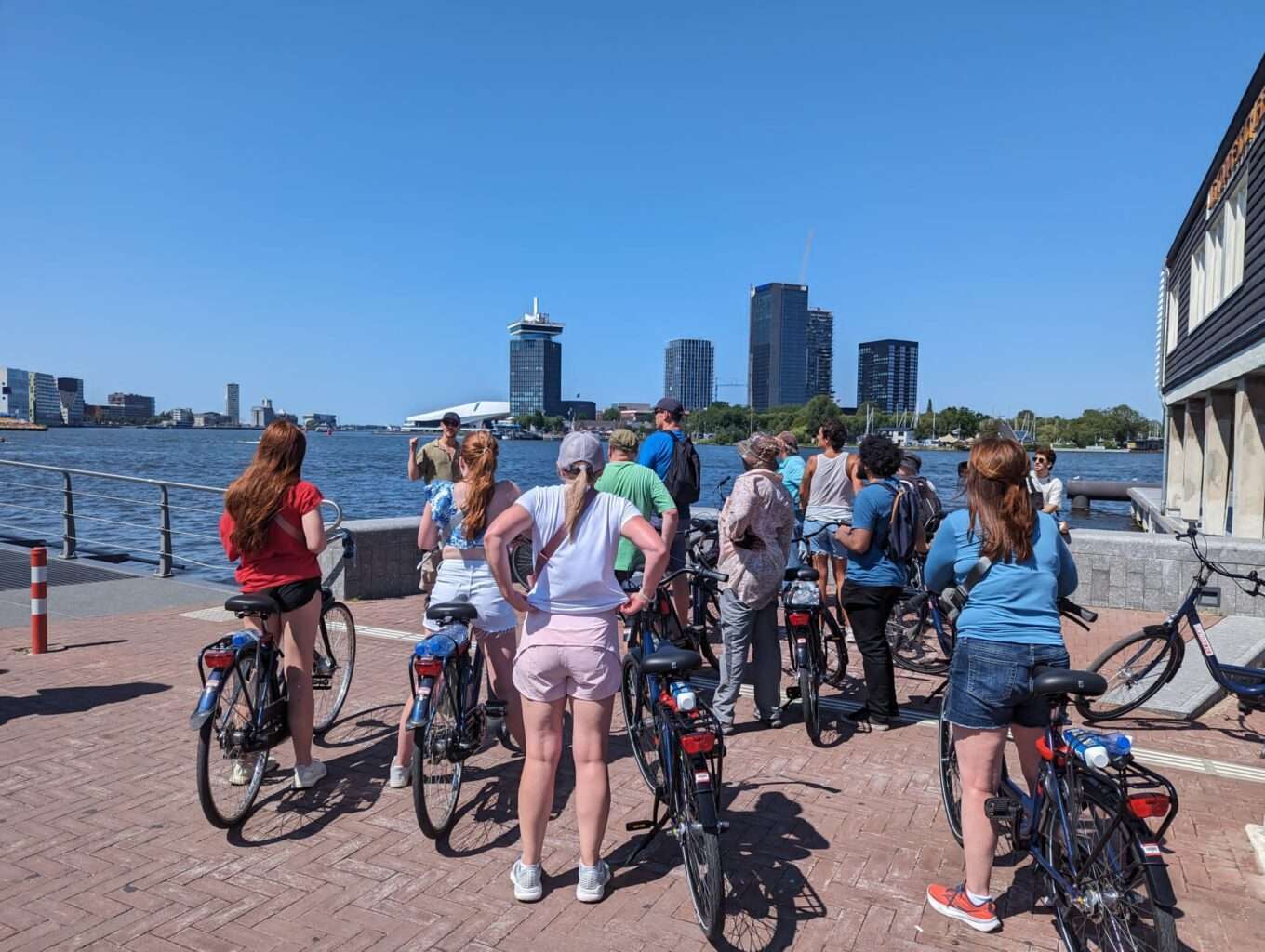Cycling, from Vondelpark Lessons to the World’s Bike Capital
Amsterdam is synonymous with bicycles, but its journey to becoming the bike capital of the world was neither swift nor simple. The city’s cycling history is a tale of cultural shifts, activism, and innovative urban planning. Let’s pedal through time and explore how Amsterdam’s streets transformed into the cyclist-friendly haven we know today.
The Beginnings: Cycling in the 19th Century
Bicycles were introduced to the Netherlands in the late 19th century and quickly became a symbol of modernity. By the 1890s, the affluent began adopting bicycles for leisure, and Vondelpark became a hub for early cyclists. Cycling lessons in the park were popular among women and children, making it a social and educational activity. With Amsterdam’s relatively flat terrain, bicycles soon gained traction beyond recreation, becoming a practical mode of transport.
The Cycling Boom of the Early 20th Century
By the early 20th century, cycling had become integral to Dutch life. Bicycle paths were introduced in the 1920s and 1930s, and bikes served as essential transportation for daily commutes, especially during the hardships of World War II, when fuel shortages made bicycles indispensable.
However, the post-war economic boom brought automobiles to the forefront. By the 1950s and 1960s, cars dominated the streets, and cycling began to decline.
The 1960s and 1970s: A Call for Change
As cars crowded the roads, traffic accidents surged. In the 1960s, an alarming number of cycling-related deaths, including many children, sparked public outrage. Activist groups like Provo and campaigns such as “Stop de Kindermoord” (Stop the Child Murder) brought attention to the issue. They demanded safer streets for cyclists and pedestrians.
 Fietsdemonstratie, Beeld: Nationaal Archief/ANEFO, Rob Bogaerts
Fietsdemonstratie, Beeld: Nationaal Archief/ANEFO, Rob Bogaerts
Around the same time, environmental awareness grew, and the oil crisis of the 1970s underscored the need for sustainable transportation. These movements inspired the city to rethink urban planning and prioritize bicycles once again.
The Birth of Amsterdam as a Cycling City
Amsterdam embraced a new vision: one where bicycles, not cars, shaped the urban landscape. In the late 1970s and 1980s, extensive bike paths were constructed, car-free zones were introduced, and traffic-calming measures were implemented. The government actively promoted cycling as an affordable, healthy, and eco-friendly transportation option.
Today: The Bike Capital of the World
Fast forward to 2024, Amsterdam is a global model for urban cycling. With over a million bicycles, the city has more bikes than residents. Cycling infrastructure includes over 767 kilometers (477 miles) of bike lanes, bike-friendly traffic signals, and innovative features like multi-story bike parking garages.

The Dutch cycling culture goes beyond commuting—it’s a lifestyle. Residents of all ages, from toddlers in cargo bikes to seniors on e-bikes, rely on bicycles daily. Visitors, too, can immerse themselves in this culture by renting bikes or joining guided tours.
Why Amsterdam’s Cycling History Matters
Amsterdam’s transformation underscores the power of activism, urban planning, and community values. The city’s commitment to cycling has reduced traffic congestion, improved air quality, and fostered a healthier, more connected society.
Whether you’re gliding along the canals or navigating the city’s bustling bike paths, every ride in Amsterdam is a journey through history. Experience it for yourself—and be part of a legacy that began over a century ago in Vondelpark and continues to inspire cities worldwide. 🚴♀️
Want to explore Amsterdam’s bike culture firsthand? Join one of our guided cycling tours and ride through the very streets where history was made!